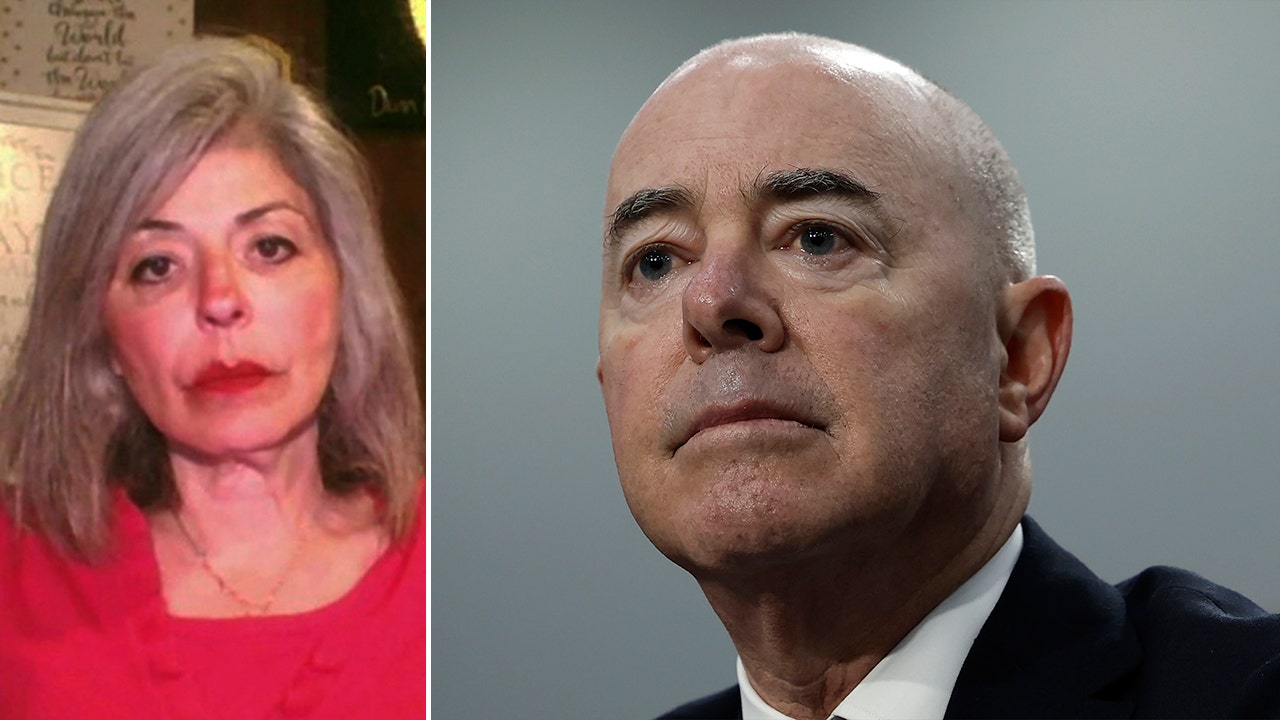Flaco, the Eurasian eagle-owl whose escape from the Central Park Zoo and
life on the loose captivated New York, had enough rat poison and pigeon virus in his system to kill him even if he had not died after apparently striking an Upper West Side building last month.
The finding, from a necropsy conducted by Bronx Zoo pathologists after
Flaco’s death on Feb. 23, validated widespread concerns about the hazards he faced living as a free bird in Manhattan for just over a year. He would have turned 14 this month.
“Flaco’s severe illness and death are ultimately attributed to a combination of factors — infectious disease, toxin exposures and traumatic injuries — that underscore the hazards faced by wild birds, especially in an urban setting,” the Wildlife Conservation Society, which operates the Central Park and Bronx Zoos, said in a statement on Monday.
Initial necropsy findings released the day after what onlookers described as a deadly building strike suggested Flaco had sustained an acute traumatic injury to his body, with signs of substantial hemorrhage under his sternum and in his back near his liver.
Advertisement
SKIP ADVERTISEMENT
There was also evidence of bleeding behind his left eye, but no signs of head trauma or broken bones, the society said. Flaco was in “good body condition,” with “good muscling” and “adequate fat stores.” He weighed 4.1 pounds at death, just one-tenth of a pound lighter than at his last weigh-in at the zoo.
The society said at the time of the initial findings that additional tests were needed to determine whether any underlying factors had contributed to his death.
In confirming the role of traumatic injuries, those tests found he had a severe pigeon herpesvirus, which the conservation society attributed to his eating feral pigeons.
The herpesvirus in question can be carried by healthy pigeons but may cause fatal disease in birds of prey, including owls that become infected by eating pigeons, the society said.
In Flaco’s case, the society said, the viral infection had caused severe tissue damage and inflammation in many organs, including the spleen, liver, gastrointestinal tract, bone marrow and brain.
Toxicity tests also determined that Flaco had been exposed to four different anticoagulant rodenticides that are commonly used for rat control in New York City.
Together, the conservation society said, the pigeon virus and rodenticide exposure “would have been debilitating and ultimately fatal, even without a traumatic injury, and may have predisposed him to flying into or falling from the building.”
No other contributing factors were identified through the extensive testing that was performed.
Toxicology tests also revealed trace amounts of DDE, a breakdown product of the pesticide DDT, which has been banned in the United States since the early 1970s. Although the levels detected did not contribute to Flaco’s death, the society said, the finding was a “reminder of the long legacy of DDT and its dire effects on wild bird populations.”
Flaco died three weeks after passing the one-year mark of living on his own. As impressive as reaching that unlikely milestone was, it did not provide immunity against the serious risks he faced amid what was, for New York at least, a seemingly unprecedented wildlife experiment.
Hatched on March 15, 2010, at a North Carolina bird park, Flaco arrived at the Central Park Zoo less than two months later. He was a long way from what would have been a natural home for a bird like him.
Advertisement
SKIP ADVERTISEMENT
The Eurasian eagle-owl, known by the scientific name Bubo bubo, is an apex predator typically found in much of Europe, Scandinavia, Russia and Central Asia. It is among the world’s largest owls, with a wingspan as wide as six feet. The bird thrives in mountains and other rocky areas near forests, swooping down at night to hunt rodents, rabbits and other prey.
For most of Flaco’s first 13 years, his life was unremarkable. That changed on the evening of
Feb. 2, 2023, when someone shredded the mesh on his enclosure at the zoo and he showed up on a Fifth Avenue sidewalk. No one has been arrested; the police have said that their investigation is continuing.
There was a significant question about whether Flaco could thrive outside captivity. When he proved his doubters wrong by teaching himself to feast on Central Park’s vast banquet of rats, he became an underdog worth rooting for. Bird-watchers, ornithologists and everyday people tracked his movements in person or, often, online.
Wildlife Conservation Society employees tried several times to retrieve him but backed off after he showed that he could fend for himself. Before long, he had settled into a comfortable routine at the park’s north end, and then around Halloween he began to roam from the East Village to the Upper West Side.
Experts and others tried to temper the excitement over his improbable sojourn. Eurasian eagle-owls can live more than 40 years in captivity, but only 20 on average in the wild. And no one could predict whether, or when, urban hazards like rat poison, a building strike or a collision with a vehicle might cut his life short.
Flaco managed to avoid vehicles by mostly sticking to rooftops, water towers and other elevated elements of the built environment once he left the park. But
the risk of hitting a building was great: Up to
230,000 birds a year die in New York City when they hit windows, NYC Audubon says. And once he left Central Park, the rodenticide risk rose substantially.
The use of rat poisons is halted in the city’s parks during nesting season, from February through August, or when a breeding pair of birds of prey is present in or near a park or park area, according to a Parks Department spokesman.
Outside parks, though, such restrictions generally do not apply, and the use of rat poisons is widespread.
Rats that have ingested rodenticides often move more slowly, making them inviting, and potentially lethal, targets for birds of prey. Many of the nine dead birds the city’s Parks Department sent to the state’s Department of Environmental Conservation last year for a cause-of-death determination, including several red-tailed hawks, had been poisoned by rodenticide, the local news outlet
The City reported on Monday.
There was always the possibility that Flaco could fall victim to more than one hazard, as appears to have happened. Barry, a female barred owl who became a fixture in the park during the depths of the coronavirus pandemic, suffered such a fate.
Advertisement
SKIP ADVERTISEMENT
After Barry died in a collision with a Central Park Conservancy vehicle in August 2021, a necropsy found she had died of blunt-force trauma, according to a Department of Environmental Conservation diagnostic report. But she also had a potentially lethal level of rat poison in her system.
As for Flaco, his body was found in the back courtyard of a building on West 89th Street by the superintendent, who immediately recognized him.
The super and a resident contacted the Wild Bird Fund, a rescue organization, whose volunteers responded quickly and retrieved Flaco. He was alive then but was declared dead soon after, the Wildlife Conservation Society said.
A memorial gathering on March 3 at what Flaco followers said was his favorite oak tree at the park’s north end drew a crowd of several hundred people who left flowers, letters and other colorful mementos at the base of the trunk. Speakers read poems and shared how Flaco had inspired and moved them.
As of Monday, about 4,300 people had signed an online petition calling for a life-size statue of Flaco to be placed in Central Park to commemorate his legacy. A second online petition, this one
urging that the police and the conservation society “relaunch” the investigation into who vandalized Flaco’s habitat, had more than 48,000 signatures.






